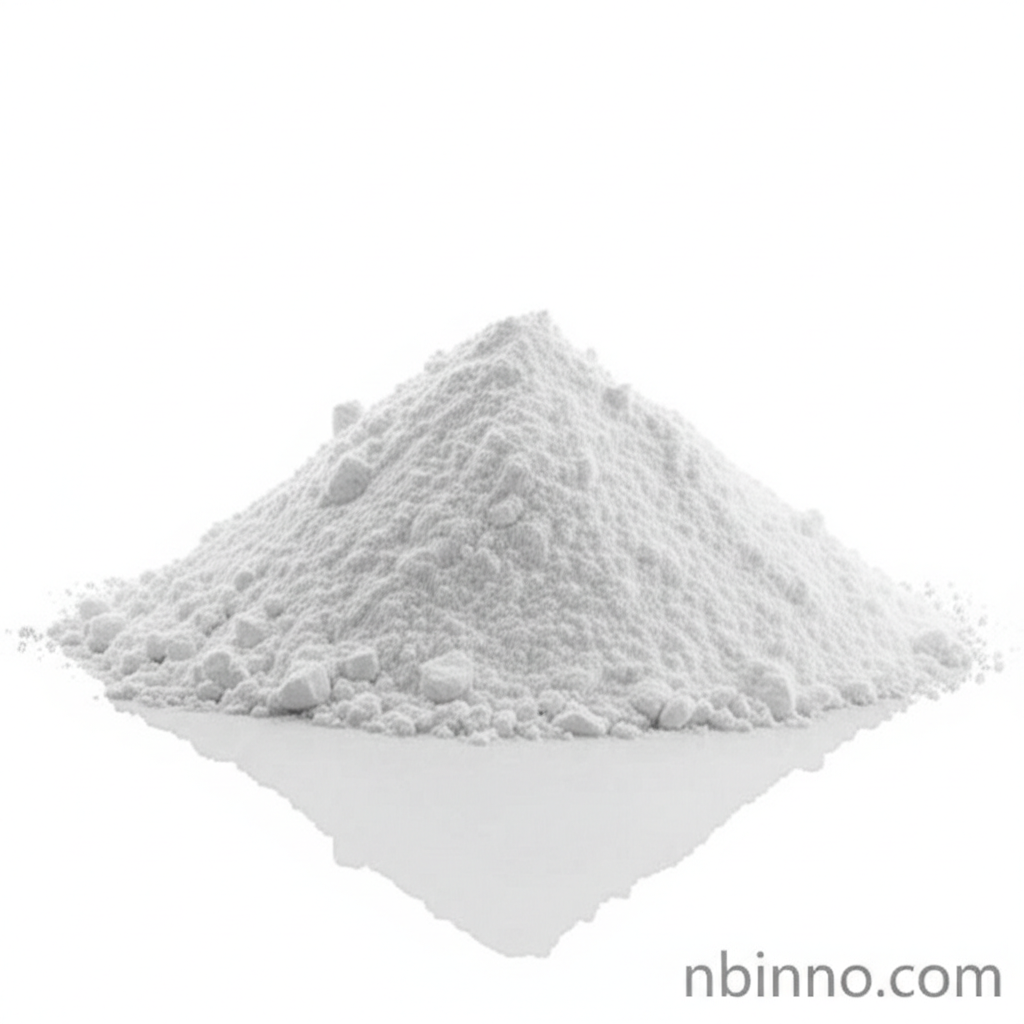Understanding Gentamicin Sulfate: A Comprehensive Guide to Veterinary Antibiotic Applications
Exploring the critical role of Gentamicin Sulfate in combating bacterial infections in the animal kingdom.
Get a Quote & SampleProduct Core Value

Gentamicin Sulfate
Gentamicin Sulfate is a powerful aminoglycoside antibiotic essential for treating a wide array of bacterial infections in veterinary medicine. Its efficacy against both Gram-positive and Gram-negative bacteria makes it a cornerstone in managing critical animal health conditions.
- Discover the precise uses of veterinary gentamicin sulfate to combat severe infections across various animal species.
- Learn about the recommended gentamicin sulfate dosage for livestock to ensure effective treatment and minimize risks.
- Understand the critical gentamicin sulfate side effects in animals, including potential nephrotoxicity and ototoxicity.
- Explore essential gentamicin sulfate drug interactions veterinary professionals must be aware of for safe patient care.
Key Advantages
Broad-Spectrum Efficacy
Gentamicin Sulfate provides broad-spectrum coverage, effectively targeting a wide range of Gram-positive and Gram-negative bacteria, crucial for treating diverse animal infections.
Treatment Versatility
From respiratory and urinary tract infections to skin and bone infections, its versatility in treating serious animal ailments is a significant advantage.
Established Veterinary Use
With a long history of use, understanding how to administer gentamicin sulfate to pets and livestock involves established protocols, ensuring reliable outcomes.
Key Applications
Bacterial Infection Treatment
Addressing serious bacterial infections such as septicemia, meningitis, and urinary tract infections in various animal species.
Livestock Health Management
Crucial for maintaining herd health by treating conditions like pneumonia and gastrointestinal infections in cattle, swine, and poultry.
Companion Animal Care
Used to treat infections in dogs and cats, including bone and soft tissue infections, burns, and skin conditions.
Prophylactic Use in Cell Culture
In laboratory settings, it's used prophylactically to prevent bacterial contamination in cell cultures, ensuring research integrity.
